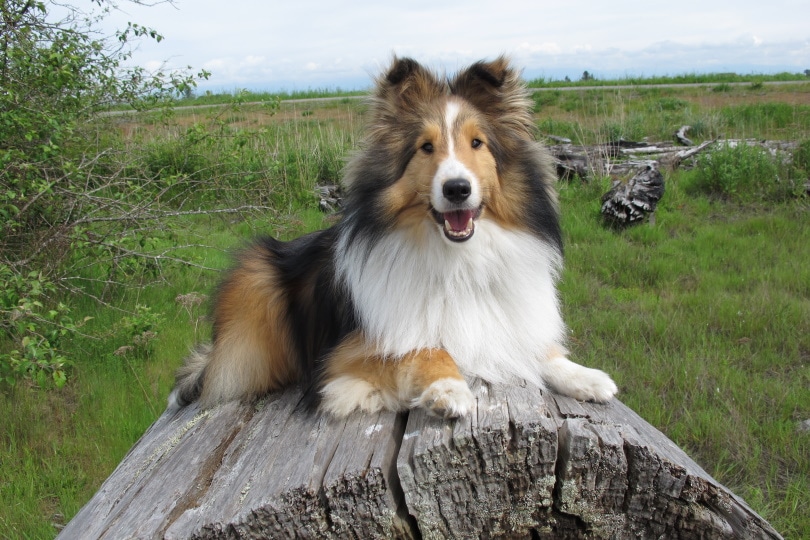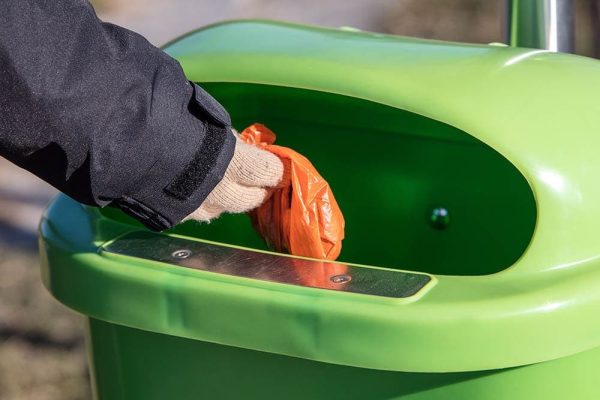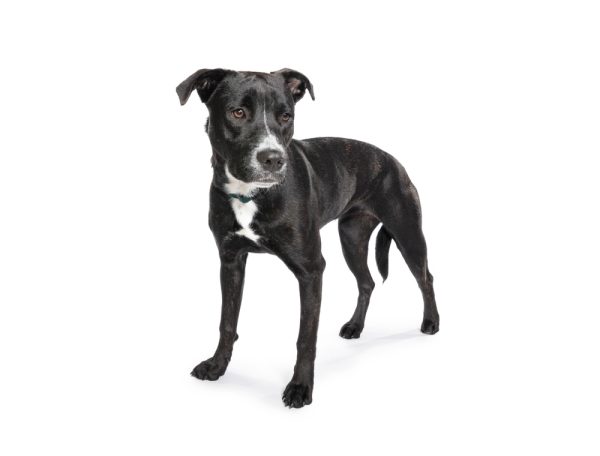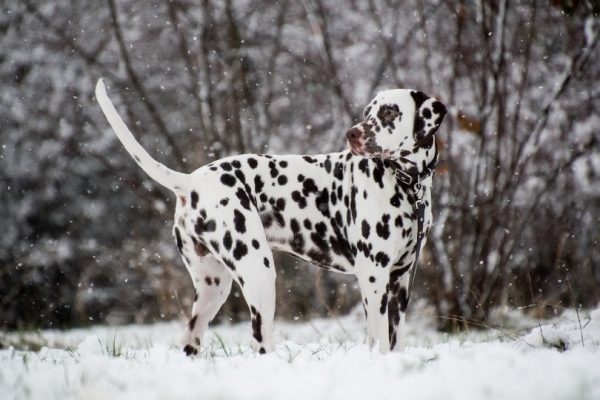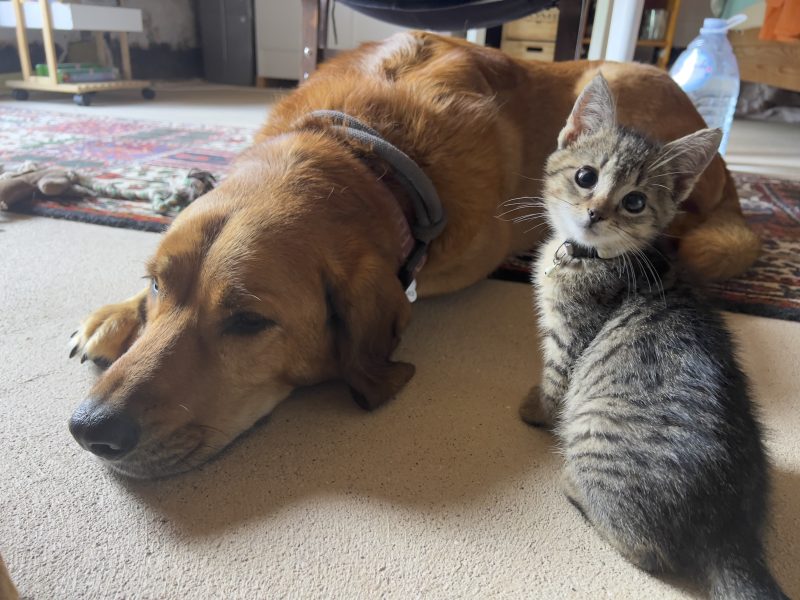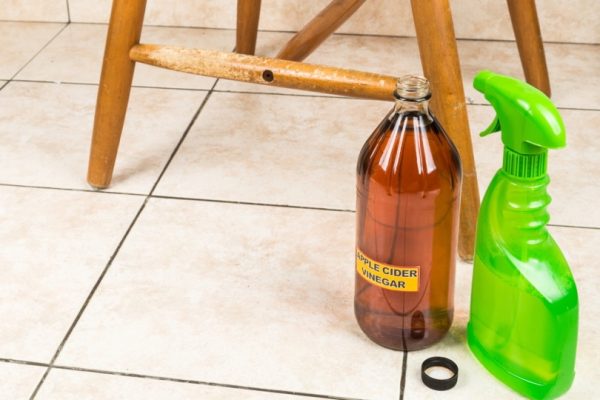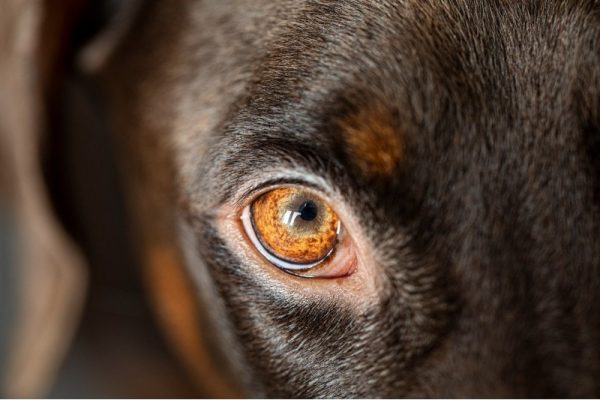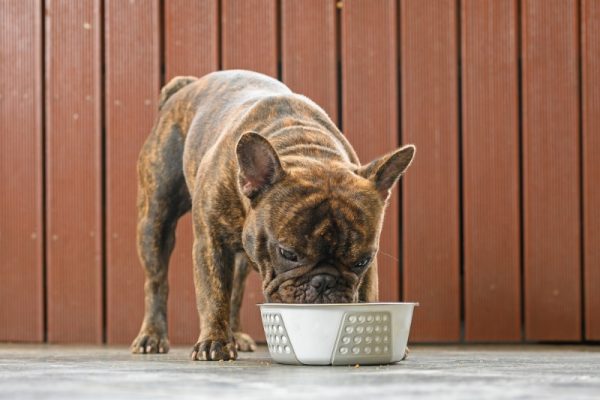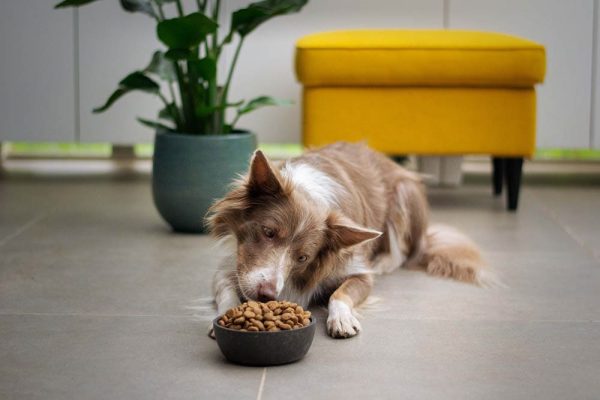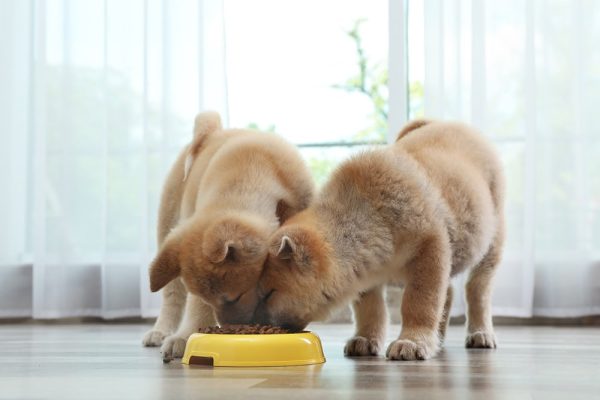In this article
View 2 More +Some dog breeds commonly come in just a few colors, but this isn’t the case for the diversely-colored Sheltie (Shetland Sheepdog). Though there are so many color combination possibilities for this breed, they all have one thing in common: they’re sure to get heads turning everywhere.
Let’s take a closer look at some amazing Sheltie colors.

The 4 Colors of the Breed Standard
These are the colors recognized by most kennel clubs, including the American Kennel Club, the UK Kennel Club, and the Australian National Kennel Club. These aren’t the only ‘valid’ or ‘real’ colors of the Sheltie, but they are the only colors accepted in breed shows or competitions.
1. Sable
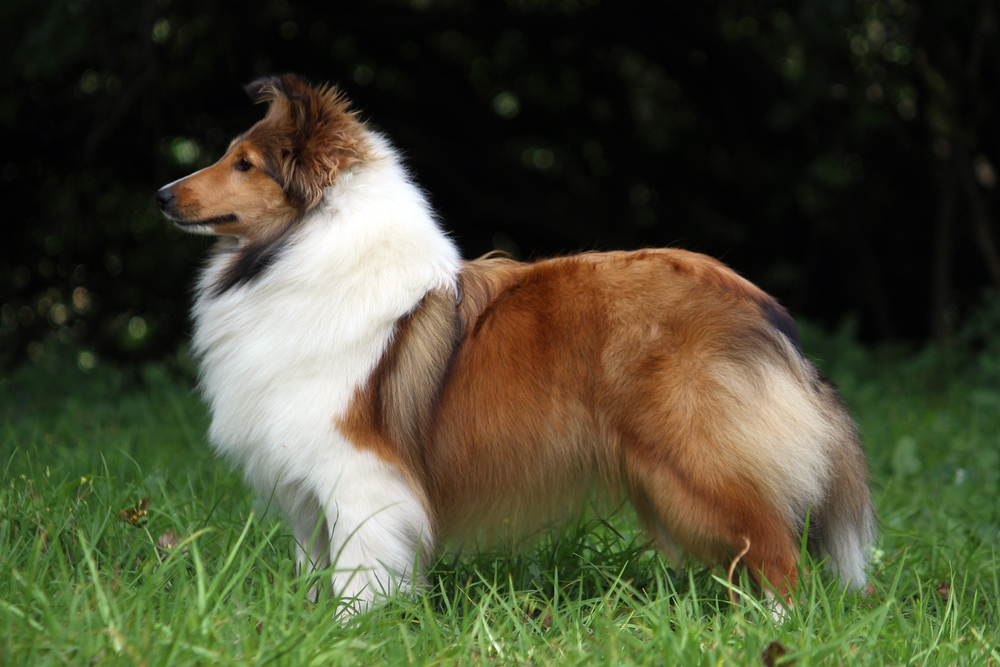
This is probably the most recognizable color seen in this breed, but it is also present in their larger, Scottish cousins, the Rough Collie. The sable Sheltie can range from a golden brown to rich mahogany, and features varying amounts of white and tan.
2. Tricolor
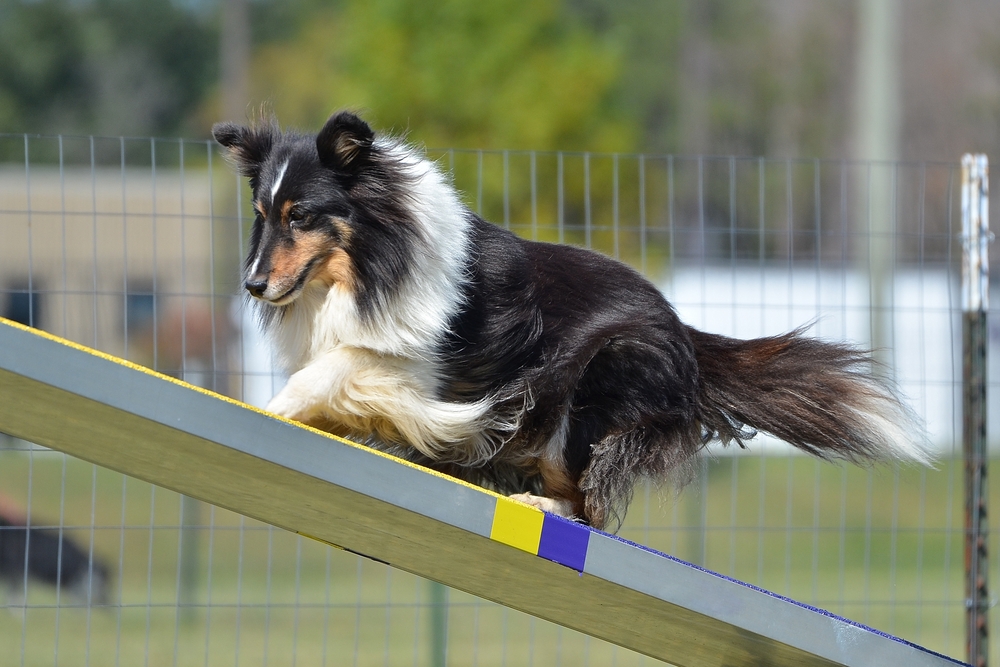
The classic tricolor Sheltie has a glossy black coat over most of their body, ears, and top of the head, with a generous white mane and tan-colored cheeks. Their limbs may be various combinations of black, tan, and white, and often have a blaze of white at the end of their tail.
3. Blue Merle
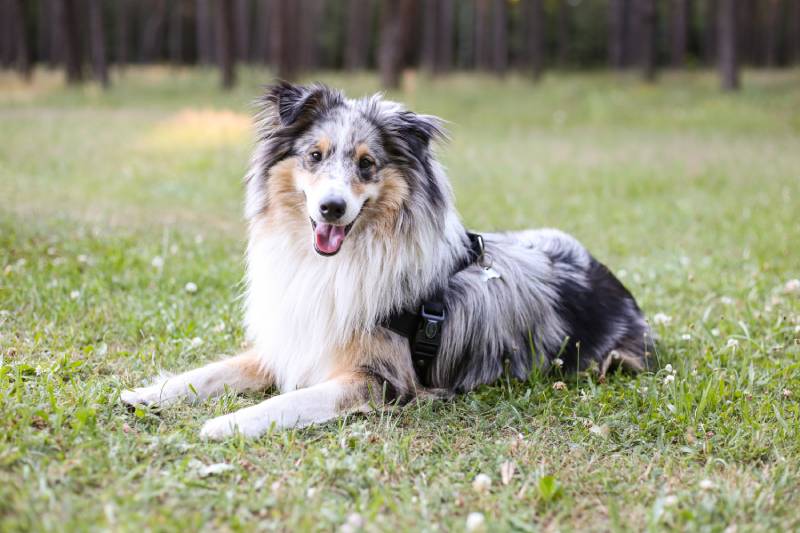
The blue merle Sheltie is essentially the tricolor variety with the merle gene diluting the black pigment to silver-gray. The color dilution isn’t uniform, leaving patches of black scattered through the gray, which is what is described as ‘merling’.
4. Black & White
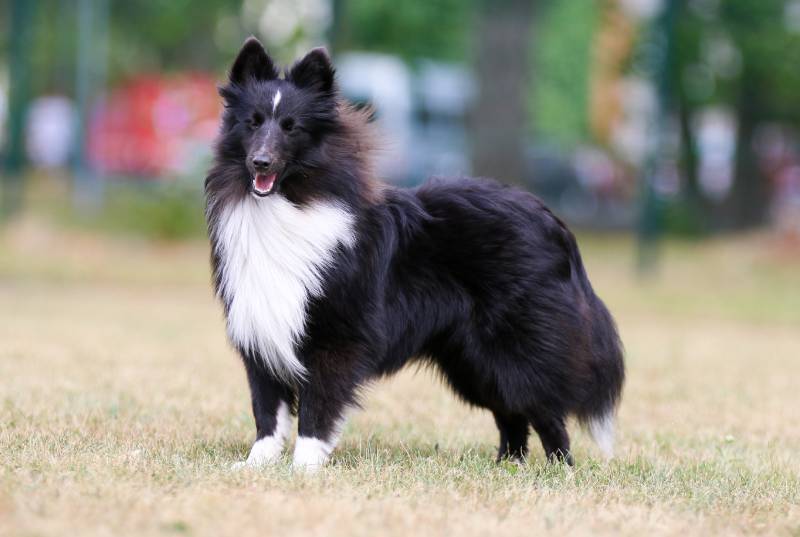
Like a dog in formal wear, the black and white Sheltie looks set for a classy night out in this color combination!
The 4 Non-Standard Colors
In addition to blue Merle, sable is another base color for Shelties. The intensity of this color can range from a light biscuity shade to a darker mahogany shade, and the color sometimes darkens with age. In some shades, the black overlay is obvious.
5. Black & Tan
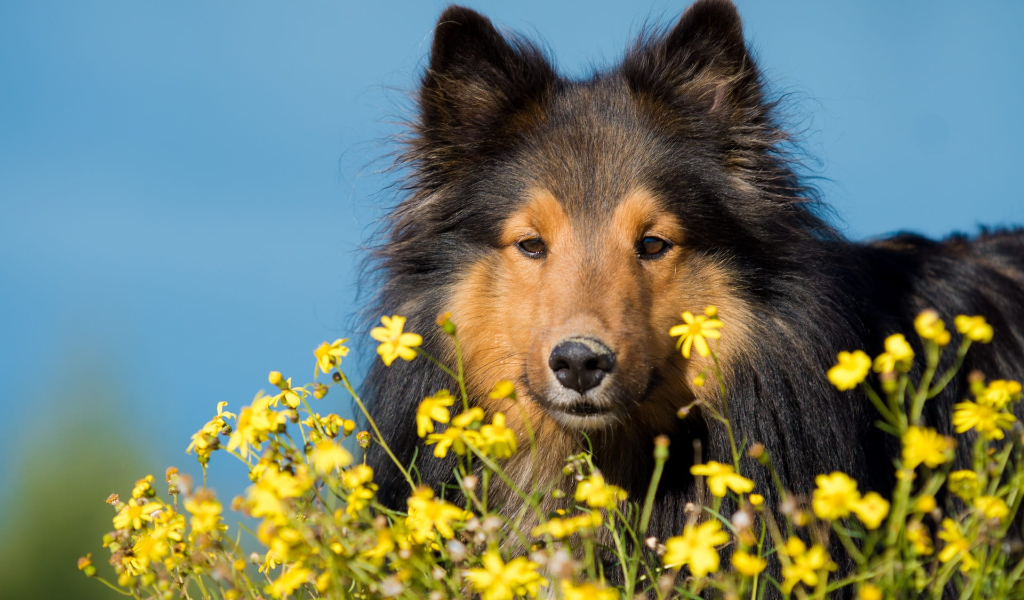
This is a very striking color combination, but it is not accepted as breed standard in the US, and unfortunately, this gorgeous color has virtually been lost.
6. White & Tan
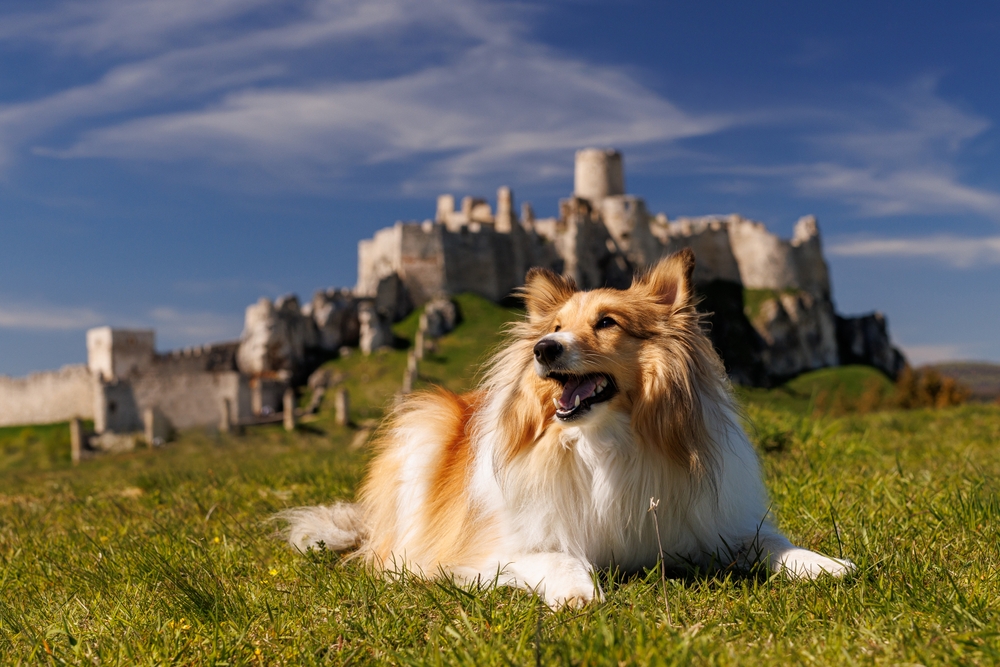
You may see Shelties described as white and tan, or pure sable, but these are essentially just a pale version of the standard sable coloration.
7. Bi-Blue
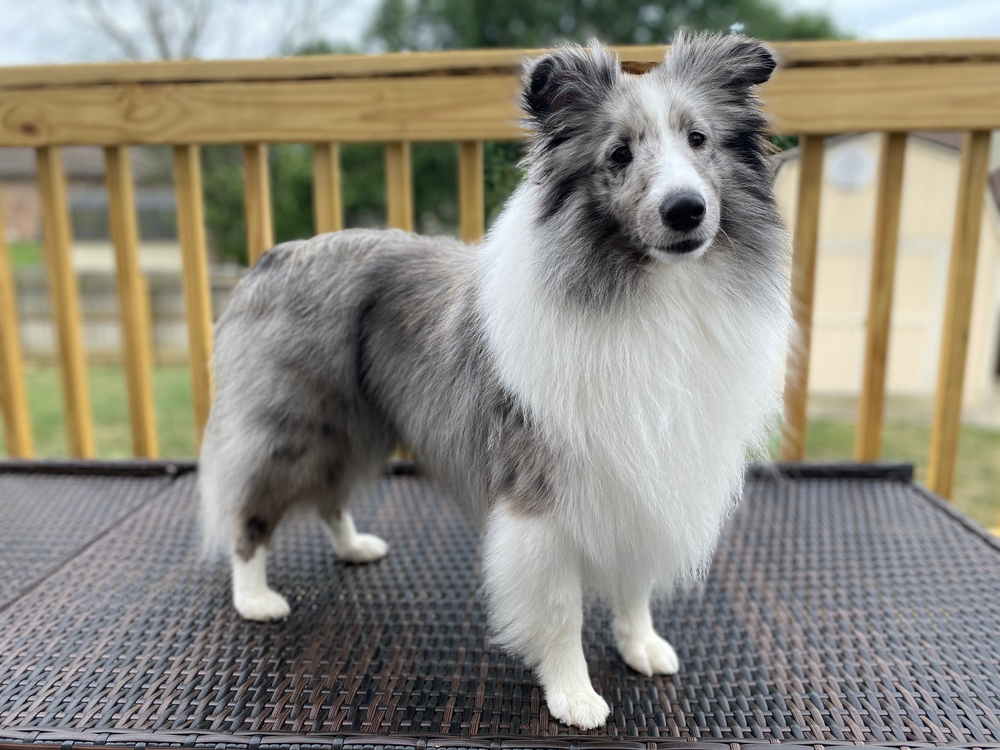
The bi-blue Shetland Sheepdog is essentially the same as the blue merle, but without any tan patches.
8. White
The result of a double-merle genetic combination, the solid white Sheltie is neither a standard color or one that is recommended to breed. Their genetics are associated with blindness, deafness, and other health problems.

Endless Possibilities
When it comes to the breed standard and competitive shows, the ratios and distribution of the Sheltie colors are important; there can’t be too much white, washed-out colors, or brindle (sable/tan with black mottling). However, that doesn’t stop the myriad combinations and patterns that these beautiful dogs may be seen in. Take a look at the examples below:
Blue Merle
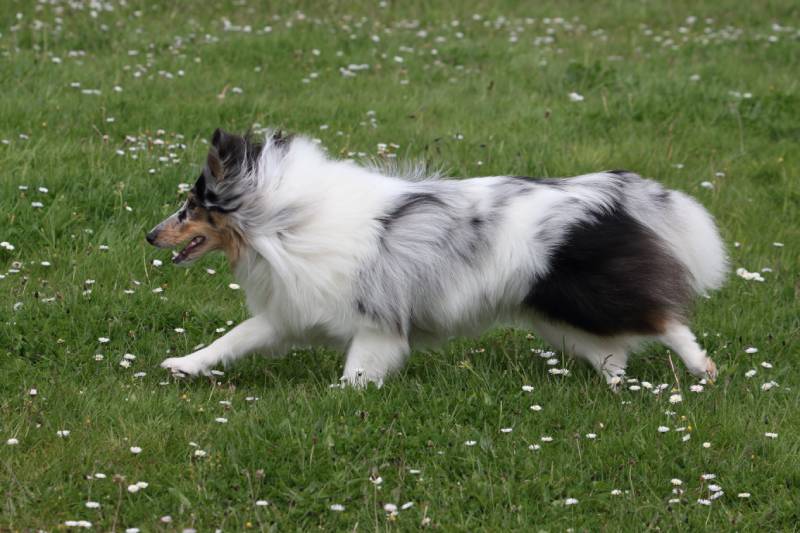
Brindle Sable
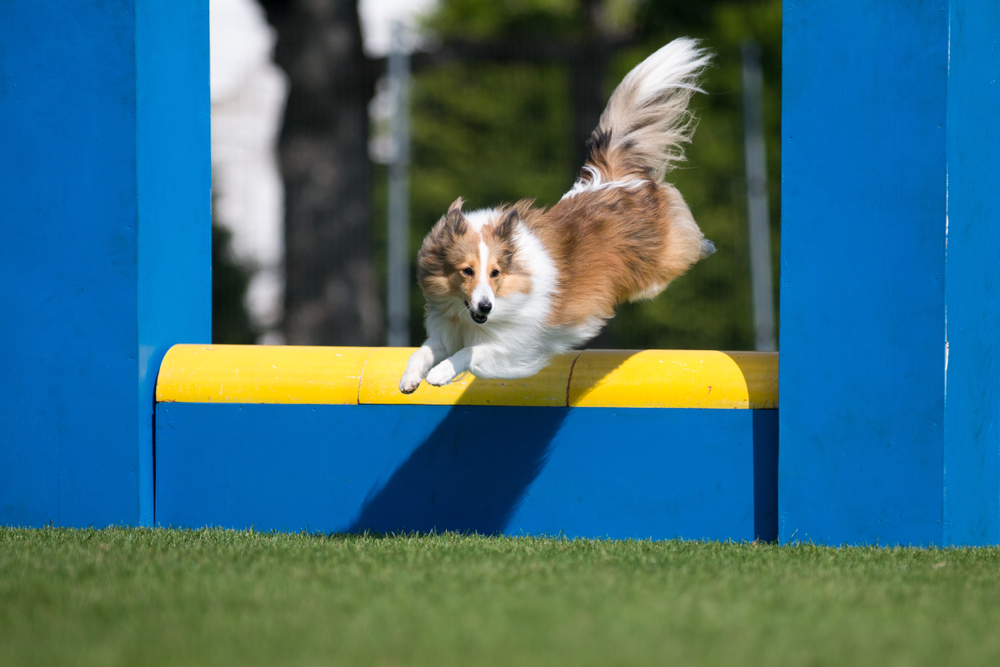
Bi-Blue
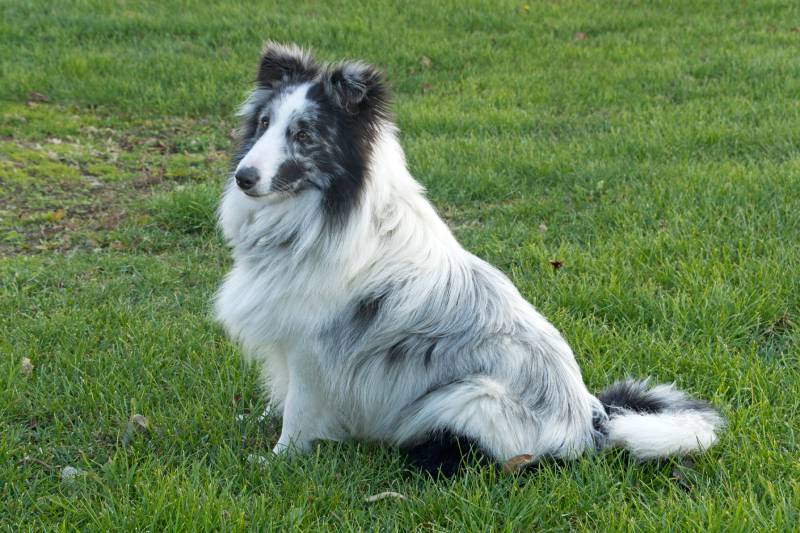
Mahogany Tri-Color
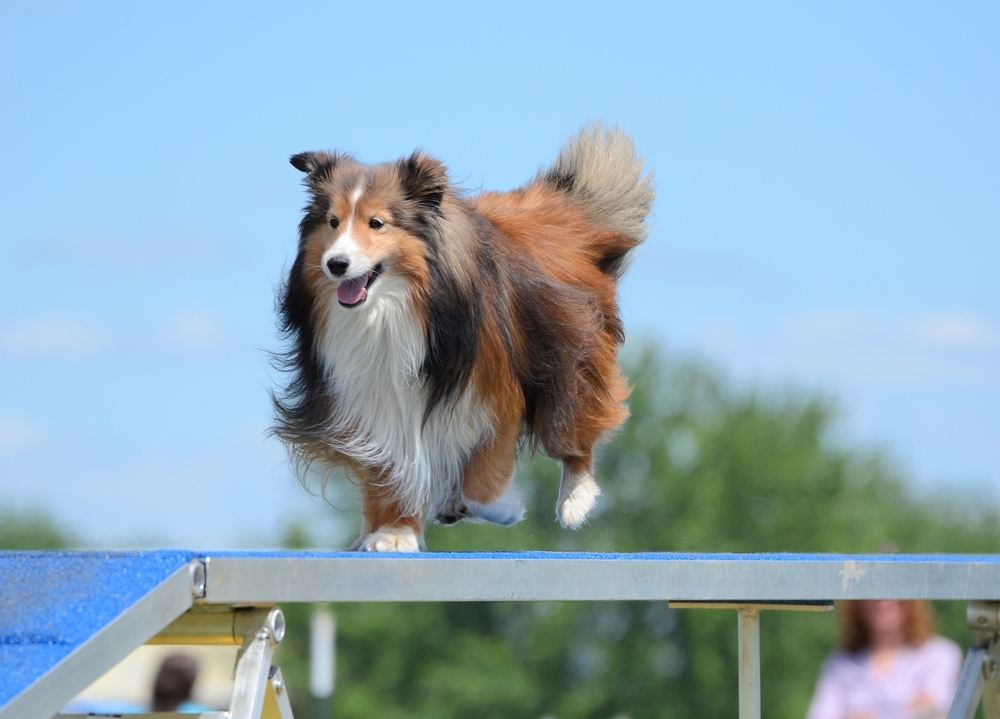
Conclusion
The spunky Sheltie is a real mixed bag when it comes to coat color combinations, a fact that makes these dogs so eye-catching. Color aside, Shelties make affectionate, sensitive, intuitive, and fun-loving dogs for anyone willing to give them their heart and plenty of love in return.
If you’d like to share your life with a Sheltie, we recommend checking out local shelters or adoption websites (there are plenty of Sheltie rescues in the US) to see who is in need of a second chance.
Featured Image Credit: K E Walker, Shutterstock

